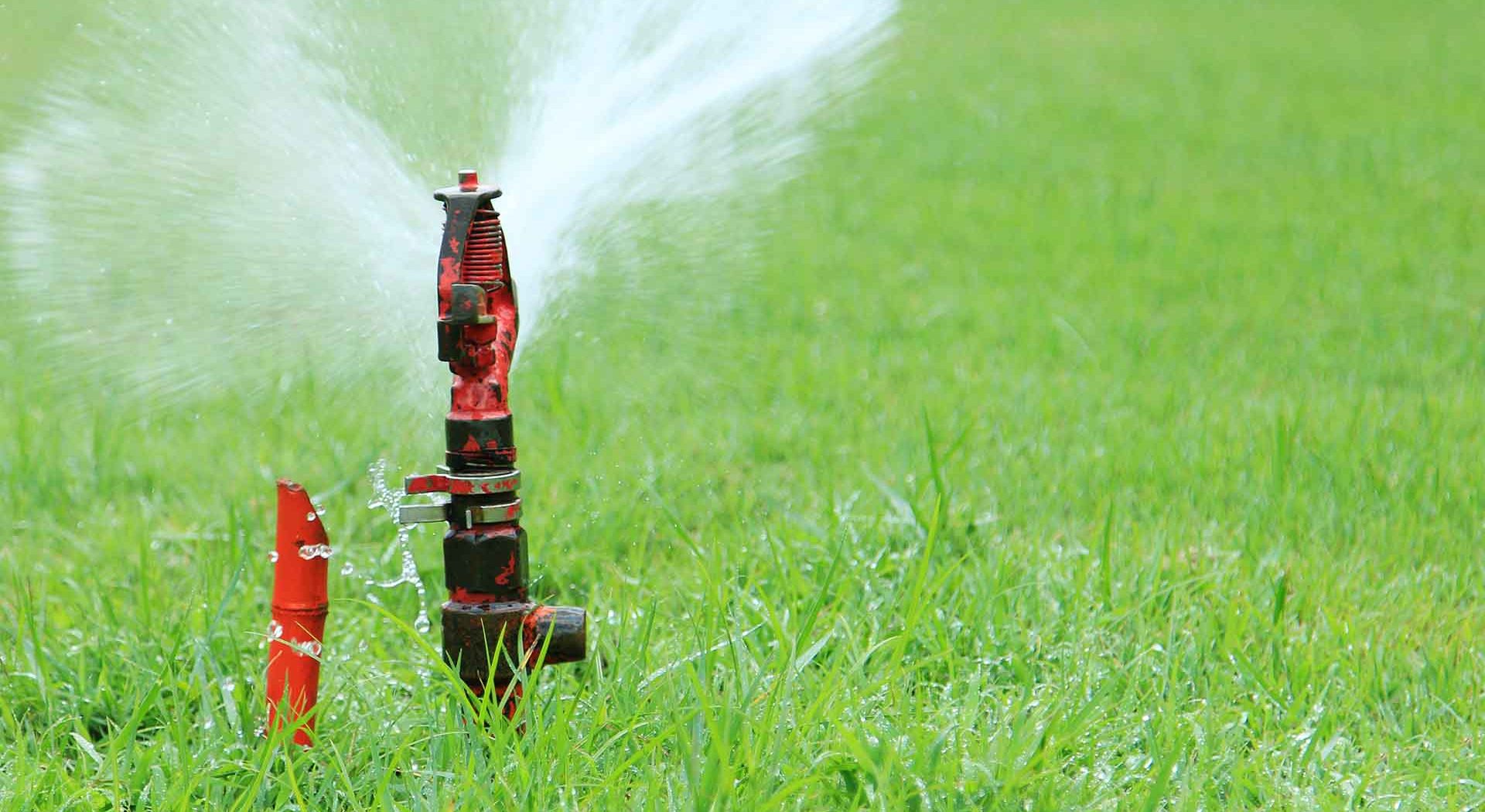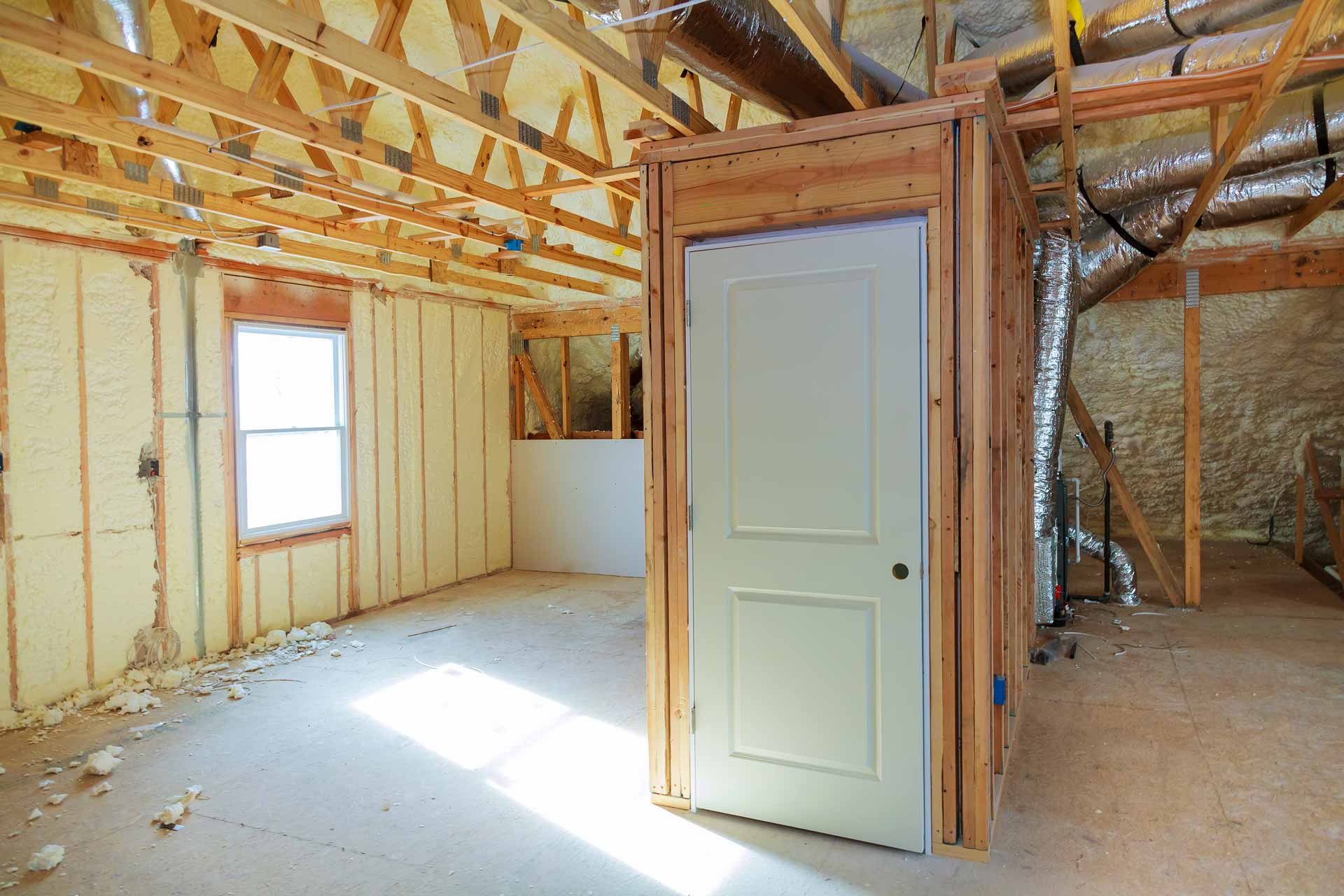How Do I Maintain My Lawn Sprinkler System?
Your lawn and garden beds make an impression on your guests as they walk up to your home. You have worked hard to ensure that impression is a positive one by following a lawn care routine that includes mowing, overseeding, fertilizing, and watering. At the center of your routine is your in-ground sprinkler system. Your irrigation system works hard all summer to keep your lawn green and healthy, but how much time is spent on making sure your irrigation system is running at optimal functionality?
To help ensure your system is always running smoothly, we have outlined 5 practices to maintain your sprinkler system:
-
Examine System Monthly
From sprinkler heads, to pumps, and control panels your irrigation system is made up of several key components and if any of the systems suffer any issues it could compromise the operation of your entire system. Start by monitoring the heads, your sprinkler heads can suffer damage from mowers, people stepping on them or kicking them, or even from shifting soil. Check to ensure each head is spraying properly and replace and broken heads as soon as you can. Check your water pressure to ensure your pump is working properly, and walk your yard to look for any potential damage to lines, this will normally manifest itself in the form of puddles and bubbling.
-
Observe Spray Patterns
In addition to your monthly equipment examination, you should observe how the water is coming out of your sprinkler heads. The spray should be consistently flowing and evenly dispersed. If you notice the spray is a fine mist or not all moving in the same direction this is an indication that adjustments and cleaning of the sprinkler heads is required. If you find you are watering beyond your lawn and onto sidewalks and the streets, you should also adjust your heads so you are not wasting water on hardscapes. Finally observe if there are any dry areas on your lawn, if so you will need to adjust your spray to ensure these areas are not missed.
-
Add a Rain Sensor
If your irrigation system is not equipped with a rain sensor, we suggest you have one added. A rain sensor will let your control center know when your yard has received adequate moisture from recent rainfall. The sensor will override your scheduled watering, reducing water consumption and the wear and tear on your system.
-
Adjust Your Settings
A sprinkler shouldn’t be treated as a set it and forget it system. Adjustments will be needed based on the season and the location of the area being watered. Spring will require less watering time than summer, and the time of watering should be adjusted from summer to fall as it is colder in the early fall mornings. Shaded areas of your property will require less watering than those exposed to direct sunlight all day. Make sure to adjust the setting on each zone based on the needs of your yard. Watering in the early morning when the ground is cooler will allow for deeper moisture absorption and less water loss to evaporation, allowing for your watering sessions to be spread further apart.
-
Be Winter Ready
The below-freezing winter weather can wreak havoc on your sprinkler system. Your underground sprinkler lines are full of water. When the temperatures drop below freezing, the water in your lines will freeze and expand leading to potential cracks and breaks in your lines. Prior to the first deep freeze of the year, it is important to clear your system of all remaining water, this can be accomplished by pushing pressurized air through your system. If you are not comfortable doing this yourself, you can reach out to your local irrigation system specialist to winterize your system for you.
With a proper lawn care routine and a small investment in time and effort, you can achieve a green and healthy lawn. A properly functioning irrigation system is a key part of your lawn care routine. Ensuring the system is running properly for a very long time is as easy as following a few simple processes to help maintain your system.






